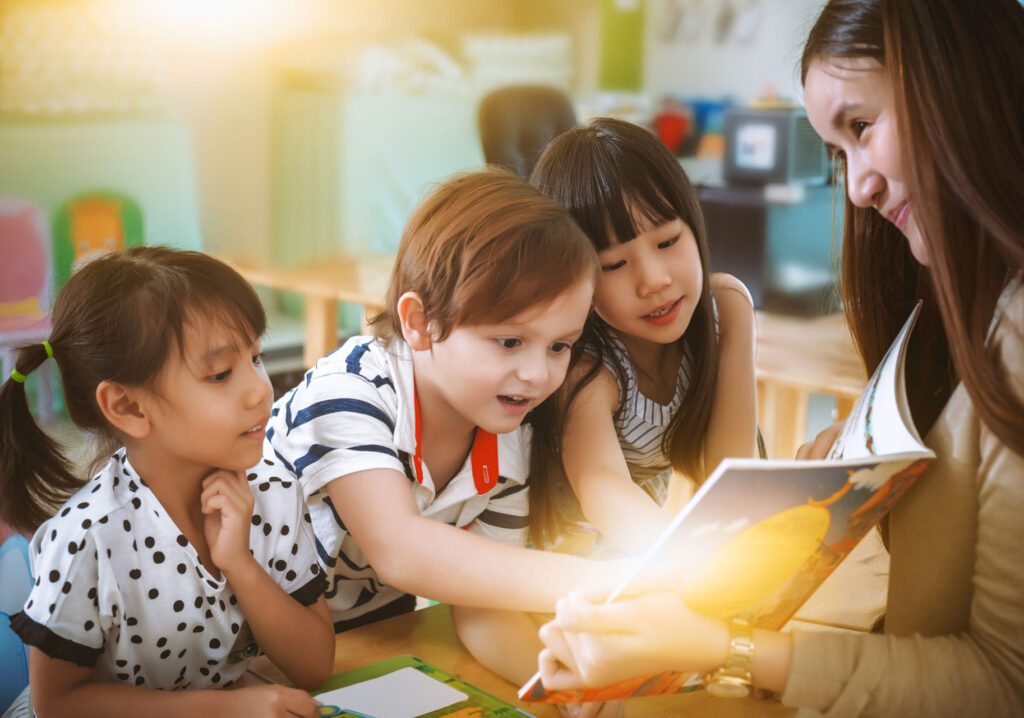Teaching children about family diversity

SOME PEOPLE BELIEVE that children five and under are too young to learn about different types of families and identities. However, this assumption is not supported by child development research, early childhood outcomes, or the professional organizations and ethical and learning standards that guide us as early childhood educators.
Why is it important to teach children about family diversity? Because family means different things to different people. As an early childhood educator, it’s your responsibility to teach children that families come in many forms but have many things in common, including the love that binds them together.
Read on to find out more about the ideas and values that you should share with young children about family diversity:
- Families come in many forms but are defined by loving bonds.
- Adults become parents in many ways.
- It is okay to be curious about family differences.
- Everyone should feel comfortable and proud to share about their family.
- It is never acceptable to tease someone because of who is in their family.
- We celebrate the uniqueness of each family.
- Children have many different names for their family members.
- Just as people and families are diverse, so are our books and toys.
As you introduce the concept of family diversity, consider the perspective of children being raised in Rainbow families. For these children, LGBTQ+ led families are the norm, and other types of families are the exception. As you teach young children about family diversity, be sensitive to the unique experiences of each child.
Visit our Inclusive Children Books section for stories that feature LGBTQ+ families and affirm family diversity.